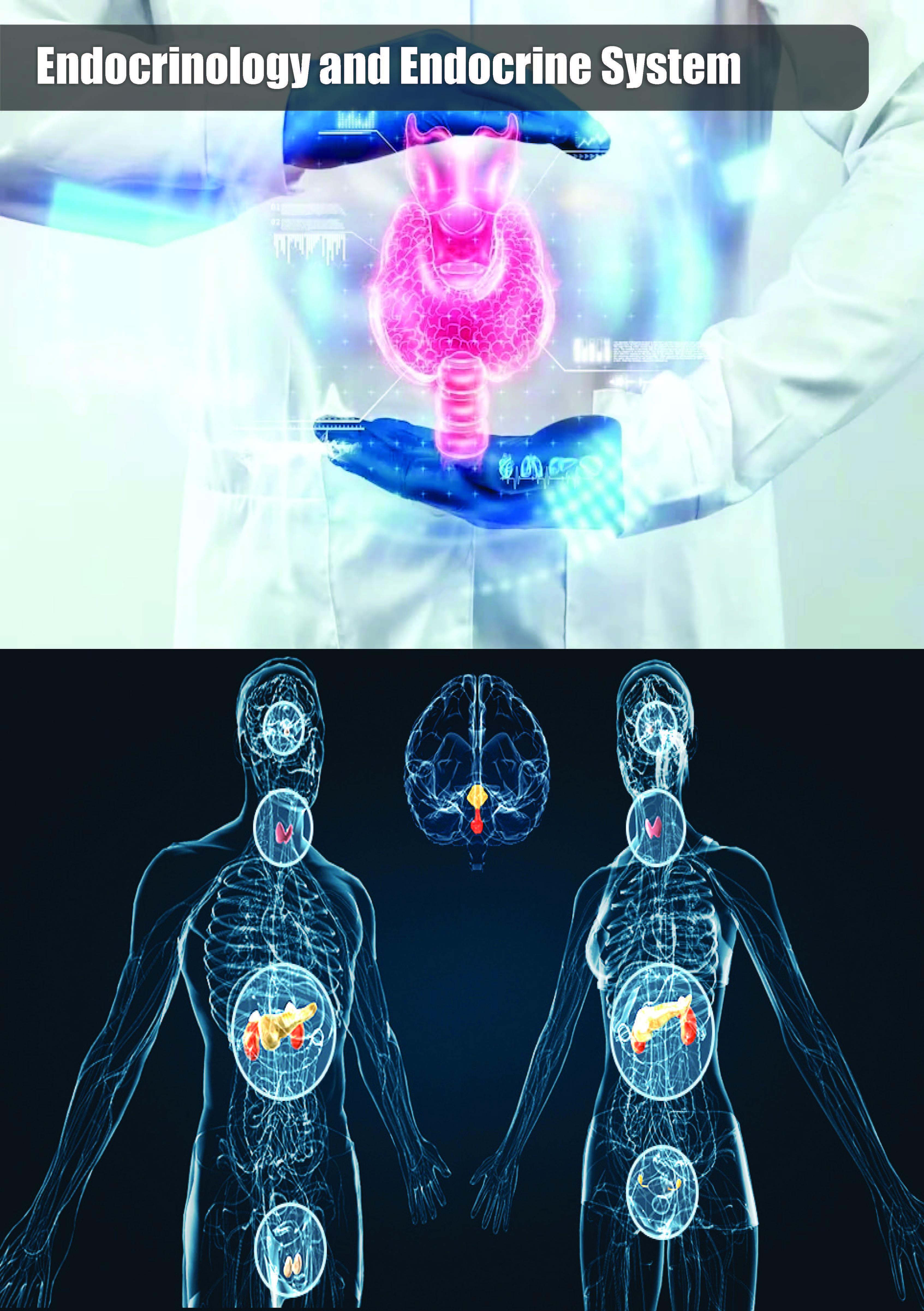Endocrinology and Endocrine System
Comparative Analysis of the Diagnostic Ability of Novel and Con-ventional Anthropometric Indicators for Metabolic Syndrome and its Components Among Lean and Overweight/Obese Adolescents in Nigeria
Abstract
Bamgboye M. Afolabi and Susan J, Holdbrooke
Introduction: The risk of atherosclerosis and other cardiovascular diseases is heightened by affliction with Metabolic Syndrome (MetS), a conglomeration of conditions which consist of diabetes mellitus, dyslipidemia and hypertension, in the presence of overweight or obesity. Conventional method of screening those who appear to be healthy but are in a relatively high risk of MetS are through the instrument of BMI or Waist circumference, which are no longer effective. Thus, this study sought to evaluate other novel instruments with strongest diagnostic accuracy for MetS in a sample of apparently healthy adolescent secondary school students.
Materials and Methods: This cross-sectional, prospective study was conducted in which sociodemographic, anthropometric and biochemical data were collected from 624 boys and girls, aged 10-19 years, at various secondary schools in Lagos Nigeria. Simple random sampling, probability proportion to size and systematic sampling technique were used to recruit the subjects. A body shape index (ABSI), Waist-to-height ratio (WHtR), body roundness index (BRI), weight-adjusted-waist index (WWI) and abdominal volume index (AVI) were evaluated. Correlation between anthropometric indices and MetS was clarified using partial correlation analysis. The association between anthropometric indices and Mets and its components was assessed using binary logistic regression analysis. To identify the predictive ability of anthropometric indices for MetS and its components, the study applied the Receiver-operating characteristic (ROC) curve, comparing the area under curve (AUC) difference between WHtR and each new anthropometric index in pairs. The subjects were segregated by sex (boys and girls) and by Body Mass Index-for-age (lean and overweight/ obese).
Result: The overall prevalence of hypertension was higher in boys (7.1%) than girls (2.6%), especially in O/O boys (20.0%) compared to girls (11.4%). The overall prevalence of dysglycemia was higher in girls (12.5%) than in boys (7.1%). The median low-density lipoprotein cholesterol (LDL-c) was significantly higher in girls (295.4 mg/ dL; P-value=0.002). The means (±sd) of SBP and DBP were 108.3 (12.4) and 66.2 (9.5). The overall median values (in mg/dL) of other components of MetS were FPG=87.5, TG=199.4; T-Chol=180.8, and HDL=55.9. Only WHtR had significant correlations with 4 components of MetS – SHT, dFPG, hypertriglyceridemia and low HDL-c and BRI with one – low HDL-c. In general, BRI has the highest diagnostic accuracy in identifying MetS among all the adolescent study population (AUC=0.611), especially in lean subjects (AUC=0.550), whereas ABSI had the highest diagnostic accuracy in O/O subjects (AUC=0.739). In all and lean subjects, the diagnostic ability of AVI, ABSI and WWI for MetS were the weakest, while that of BRI, WHtR and AVI were the weakest in obese subjects.
Conclusion: This study therefore shows BRI has the highest diagnostic accuracy and particularly the most effective tool in identifying MetS in adolescents while ABSI has the highest diagnostic accuracy and particularly the most effective tool in identifying MetS among overweight/obese subjects. AVI was the optimal anthropometric index for the identification of hypertension, hypertriglyceridemia and high LDL-c. WHtR and ABSI can also be considered as discriminators but in different categories of adolescents.

